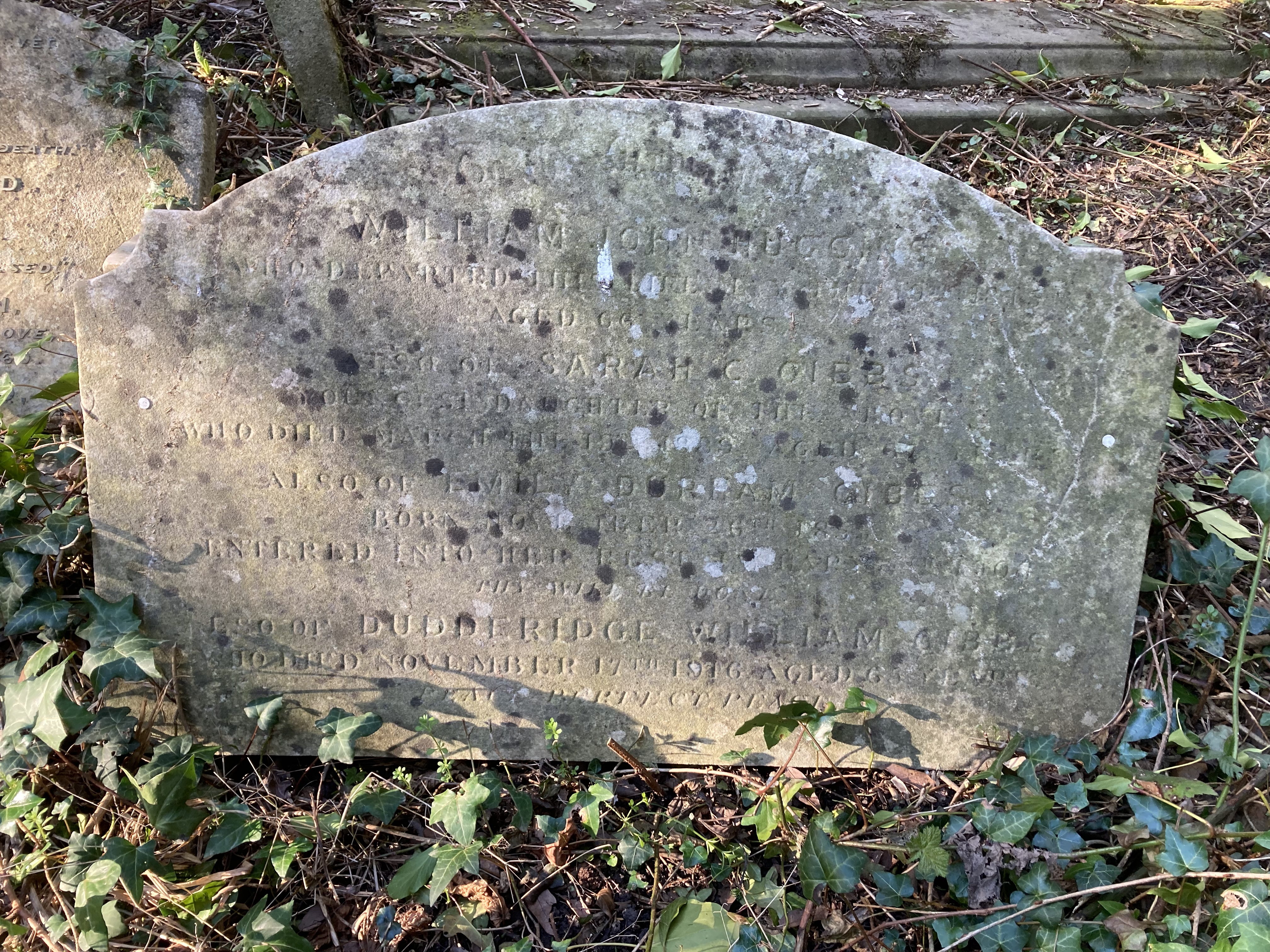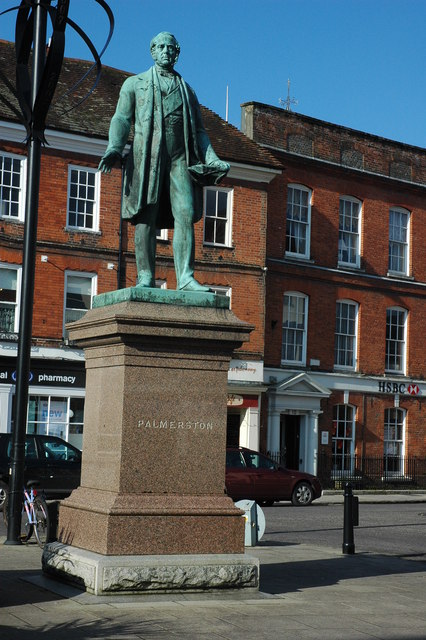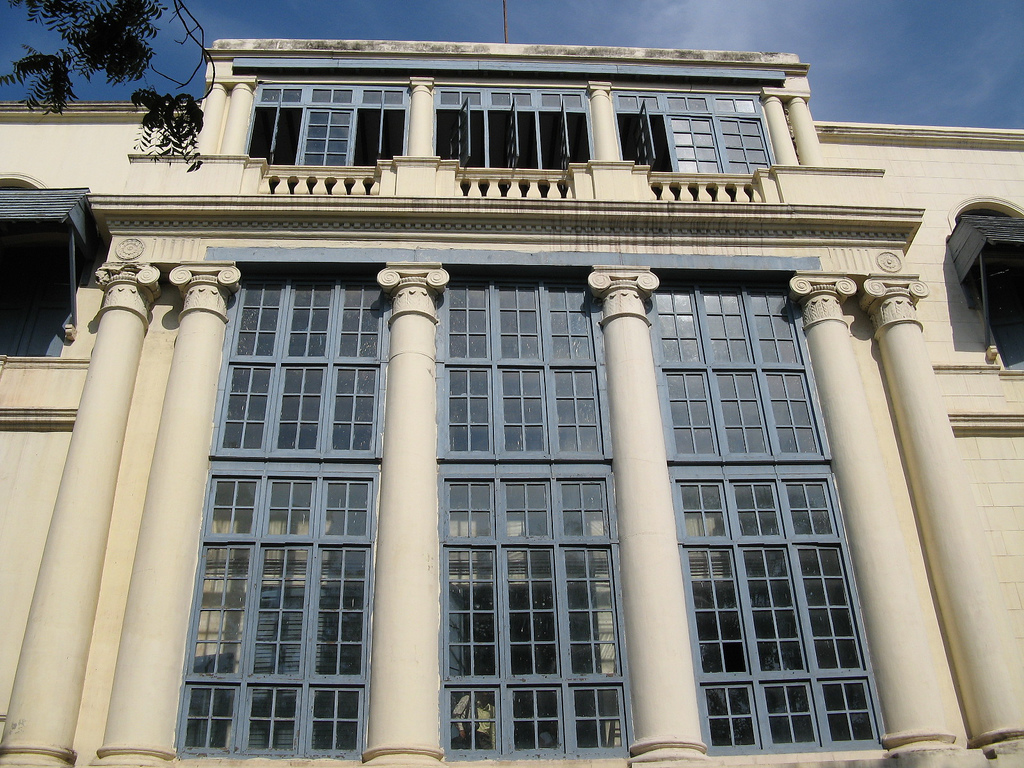|
Winchelsea (1803 EIC Ship)
''Winchelsea'' was launched in 1803 as an East Indiaman for the British East India Company (EIC). She made 11 voyages for the EIC before she was broken up in 1834. Career EIC voyage #1 (1804–1805) Captain Walter Campbell acquired a letter of marque on 22 December 1803. He sailed from Portsmouth on 13 February 1804, bound for Bombay and China. ''Winchelsea'' arrived at Bombay on 26 May, and left on 6 August. She reached Malacca on 13 September and arrived at Whampoa anchorage on 15 October. Homeward bound, she crossed the Second Bar on 4 January 1805, reached Penang on 20 January and St Helena 28 March. She left St Helena on 11 July, and arrived at The Downs on 10 September. EIC voyage #2 (1806–1807) Captain William Moffat acquired a letter of marque on 19 December 1805. He sailed from Portsmouth on 4 March 1806, bound for Bombay and China. ''Winchelsea'' arrived at Bombay on 20 June and left on 12 August. She reached Penang on 4 Sep Penang and arrived at Whampoa on 30 ... [...More Info...] [...Related Items...] OR: [Wikipedia] [Google] [Baidu] |
William John Huggins
William John Huggins (1781 – 19 May 1845) was a British marine painter who won royal patronage for his work. Life Little is known of Huggins' early life. He made one voyage between December 1812 and August 1814 as an ordinary seaman on the East Indiaman on her voyage to Bombay and China. During this voyage he made many drawings of ships and landscapes in China and elsewhere. He eventually settled in Leadenhall Street, near East India House in London, England, and practised his art as a profession, being specially employed to make drawings of ships in the company's service. His work, both original and as prints, found a ready market amongst merchants and seamen. In 1817 Huggins exhibited a picture in the Royal Academy, and continued to exhibit occasionally up to his death. He also exhibited at the British Institution from 1825 onwards. He became a marine-painter to George IV and to William IV - for the latter painting three large pictures of the Battle of Trafalgar ... [...More Info...] [...Related Items...] OR: [Wikipedia] [Google] [Baidu] |
Romsey
Romsey ( ) is a historic market town in the county of Hampshire, England. Romsey was home to the 17th-century philosopher and economist William Petty and the 19th-century British prime minister, Lord Palmerston, whose statue has stood in the town centre since 1857. The town was also home to the 20th-century naval officer and statesman Louis Mountbatten, 1st Earl Mountbatten of Burma, who lived at Broadlands. Romsey Abbey, the largest parish church in Hampshire, dominates the centre of the town. Other notable buildings include a 13th-century hunting lodge, an 18th-century coaching inn and the 19th-century Corn Exchange. The town is situated northwest of Southampton, southwest of Winchester and southeast of Salisbury. It sits on the outskirts of the New Forest, just over northeast of its eastern edge. The population of Romsey was 14,768 at the 2011 Census. Romsey is one of the principal towns in the Test Valley Borough and lies on the River Test, which is known for fly fi ... [...More Info...] [...Related Items...] OR: [Wikipedia] [Google] [Baidu] |
Lloyd's List
''Lloyd's List'' is one of the world's oldest continuously running journals, having provided weekly shipping news in London as early as 1734. It was published daily until 2013 (when the final print issue, number 60,850, was published), and is in constantly updated digital format only since then. Also known simply as ''The List'', it was begun by Edward Lloyd, the proprietor of Lloyd's Coffee House, as a reliable and concise source of information for the merchants' agents and insurance underwriters who met regularly in his establishment in Lombard Street to negotiate insurance coverage for trading vessels. The digital version, updated hour-to-hour and used internationally, continues to fulfil a similar purpose. Today it covers information, analysis and knowledge relevant to the shipping industry, including marine insurance, offshore energy, logistics, market data, research, global trade and law, in addition to shipping news. History Predecessor publications are known. One hist ... [...More Info...] [...Related Items...] OR: [Wikipedia] [Google] [Baidu] |
Sunda Strait
The Sunda Strait ( id, Selat Sunda) is the strait between the Indonesian islands of Java and Sumatra. It connects the Java Sea with the Indian Ocean. Etymology The strait takes its name from the Sunda Kingdom, which ruled the western portion of Java (an area covering the present day West Java, Jakarta, Banten, and some of western Central Java) from 669 to around 1579."Sunda Islands". Concise Dictionary of World Place-Names. John Everett-Heath. Oxford University Press 2005. Oxford Reference Online. Oxford University Press. The name also alludes to the Sundanese people native to West Java and Banten, as distinct from the Javanese people, who live mostly in Central and East Java. Geography Extending in a roughly southwest/northeast orientation, with a minimum width of at its northeastern end between Cape Tua on Sumatra and Cape Pujat on Java, the strait is part of the Java Sea. It is essentially triangular in shape, with two large bays on its northern side. It is also very b ... [...More Info...] [...Related Items...] OR: [Wikipedia] [Google] [Baidu] |
Nei Lingding Island
Nei or Inner Lingding Island, formerly romanized as Lintin or is an island in the Pearl River estuary in the southeastern Chinese province of Guangdong. Although it is located closer to the eastern (Hong Kong and Shenzhen) shore of the estuary, it was until 2009 administratively part of the prefecture-level city of Zhuhai, whose main administrative center is located on the west shore of the river. The jurisdiction of Nei Lingding Island was handed over to Shenzhen in 2009. History In May 1513, the Portuguese explorer Jorge Álvares arrived at an island near the coast of China they called "Tamão". This was the first contact of Europeans with China via the sea route around the Cape of Good Hope. Tamão was fortified by Simão de Andrade and reclaimed by the Chinese during the expulsion of the Portuguese in the 1520s. Western scholarship, following J. M. Braga, generally contends that this "Tamão" is Nei Lingding, the main island in the mouth of the Pearl River, 6 km off ... [...More Info...] [...Related Items...] OR: [Wikipedia] [Google] [Baidu] |
Anjouan
Anjouan (; also known as Ndzuwani or Nzwani, and historically as Johanna or Hinzuan) is an autonomous high island in the Indian Ocean that forms part of the Union of the Comoros. Its chief town is Mutsamudu and, , its population is around 277,500. The total area of the island is 424 square kilometers (163 square miles). History Early and colonial history The first inhabitants of the island were explorers and immigrants from Indonesia and Polynesia. After that Bantu people arrived. Then people all around the Indian Ocean began to come to Anjouan and the Comoro Islands. In about 1500, the Sultanate of Ndzuwani (Anjouan) was founded, which took over the entire island (for further information see: List of sultans on the Comoros). The sultanate was the most powerful of all the Comorian sultanates. In 1816, Sultan Alawi bin Husain requested French assistance against the Sultanate of Zanzibar which was threatening his domain. The island came under French protection in 1886. France ... [...More Info...] [...Related Items...] OR: [Wikipedia] [Google] [Baidu] |
Chennai
Chennai (, ), formerly known as Madras ( the official name until 1996), is the capital city of Tamil Nadu, the southernmost Indian state. The largest city of the state in area and population, Chennai is located on the Coromandel Coast of the Bay of Bengal. According to the 2011 Indian census, Chennai is the sixth-most populous city in the country and forms the fourth-most populous urban agglomeration. The Greater Chennai Corporation is the civic body responsible for the city; it is the oldest city corporation of India, established in 1688—the second oldest in the world after London. The city of Chennai is coterminous with Chennai district, which together with the adjoining suburbs constitutes the Chennai Metropolitan Area, the 36th-largest urban area in the world by population and one of the largest metropolitan economies of India. The traditional and de facto gateway of South India, Chennai is among the most-visited Indian cities by foreign tourists. It was rank ... [...More Info...] [...Related Items...] OR: [Wikipedia] [Google] [Baidu] |
Cape Of Good Hope
The Cape of Good Hope ( af, Kaap die Goeie Hoop ) ;''Kaap'' in isolation: pt, Cabo da Boa Esperança is a rocky headland on the Atlantic coast of the Cape Peninsula in South Africa. A common misconception is that the Cape of Good Hope is the southern tip of Africa, based on the misbelief that the Cape was the dividing point between the Atlantic and Indian oceans, and have nothing to do with north or south. In fact, by looking at a map, the southernmost point of Africa is Cape Agulhas about to the east-southeast. The currents of the two oceans meet at the point where the warm-water Agulhas current meets the cold-water Benguela current and turns back on itself. That oceanic meeting point fluctuates between Cape Agulhas and Cape Point (about east of the Cape of Good Hope). When following the western side of the African coastline from the equator, however, the Cape of Good Hope marks the point where a ship begins to travel more eastward than southward. Thus, the firs ... [...More Info...] [...Related Items...] OR: [Wikipedia] [Google] [Baidu] |
Hugh Primrose Lindsay
Hugh Primrose Lindsay (31 October 1765 – 23 April 1844) was a British naval captain, Chairman of the East India Company and Member of Parliament. He was the 5th surviving son of James Lindsay, 5th Earl of Balcarres. He joined the Royal Navy in 1779 and was promoted to lieutenant in 1782, but by 1787 had left the navy to join the British East India Company's (EIC) marine service, where he was promoted captain in 1793. He served as captain of the following East Indiamen: * (1794–1797) * (1800–1807) * (1810–1811) In 1814 he was made a director of the East India Company, a position he held unto his death, being elected deputy chairman for 1826–27 and chairman for 1827–28. In 1820 he was elected MP for Perth Burghs, sitting until 1830. He died in London in 1844. He had married Jane, the daughter of the Hon. Alexander Gordon, Lord Rockville, with whom he had a son and a daughter. He was succeeded, after the death of his wife, by his son Hugh Hamilton Lindsay. The EIC la ... [...More Info...] [...Related Items...] OR: [Wikipedia] [Google] [Baidu] |
Strand, London
Strand (or the Strand) is a major thoroughfare in the City of Westminster, Central London. It runs just over from Trafalgar Square eastwards to Temple Bar, where the road becomes Fleet Street in the City of London, and is part of the A4, a main road running west from inner London. The road's name comes from the Old English ''strond'', meaning the edge of a river, as it historically ran alongside the north bank of the River Thames. The street was much identified with the British upper classes between the 12th and 17th centuries, with many historically important mansions being built between the Strand and the river. These included Essex House, Arundel House, Somerset House, Savoy Palace, Durham House and Cecil House. The aristocracy moved to the West End during the 17th century, and the Strand became known for its coffee shops, restaurants and taverns. The street was a centre point for theatre and music hall during the 19th century, and several venues remain on the St ... [...More Info...] [...Related Items...] OR: [Wikipedia] [Google] [Baidu] |
Exeter Exchange
The Exeter Exchange (signed and popularly known as Exeter Change) was a building on the north side of the Strand in London, with an arcade extending partway across the carriageway. It is most famous for the menagerie that occupied its upper floors for over fifty years, from 1773 until the building was demolished in 1829. Its first century Exeter Exchange was built in 1676, on the site of the demolished Exeter House (also known as Burghley House and Cecil House, following the naming conventions of British aristocracy), London residence of the Earls of Exeter. Around the same time, the nearby Burleigh Street and Exeter Street were laid out. The Exeter Exchange originally housed small shops ( milliners, drapers, hosiers) on the ground floor, and rooms above which were let to the Land Bank. Over time, the traders on the ground floor were replaced by offices, and the upper rooms were used for storage. The management began to re-purpose the upper rooms. In April 1770, Gio ... [...More Info...] [...Related Items...] OR: [Wikipedia] [Google] [Baidu] |
Menagerie
A menagerie is a collection of captive animals, frequently exotic, kept for display; or the place where such a collection is kept, a precursor to the modern zoological garden. The term was first used in 17th-century France, in reference to the management of household or domestic stock. Later, it came to be used primarily in reference to aristocratic or royal animal collections. The French-language ''Methodical Encyclopaedia'' of 1782 defines a menagerie as an "establishment of luxury and curiosity". Later on, the term referred also to travelling animal collections that exhibited wild animals at fairs across Europe and the Americas. Aristocratic menageries A menagerie was mostly connected with an aristocratic or royal court and was situated within a garden or park of a palace. These aristocrats wanted to illustrate their power and wealth by displaying exotic animals which were uncommon, difficult to acquire, and expensive to maintain in a living and active state. The aristocr ... [...More Info...] [...Related Items...] OR: [Wikipedia] [Google] [Baidu] |




_Jacques_Nicolas_Bellin.png)


.jpg)

